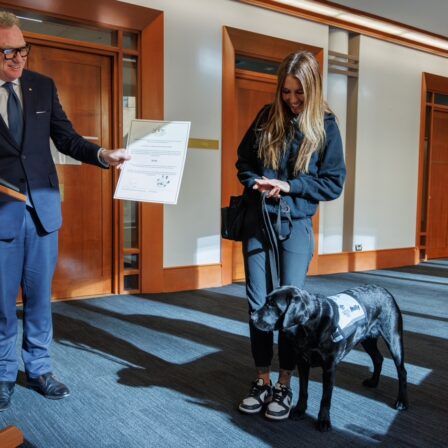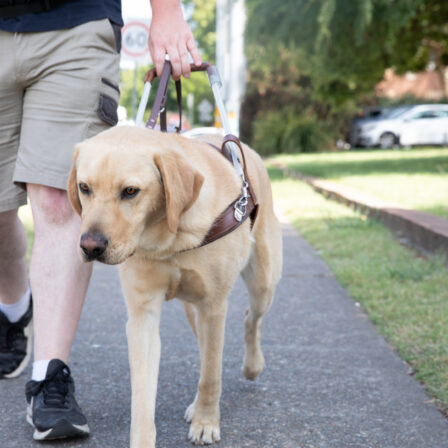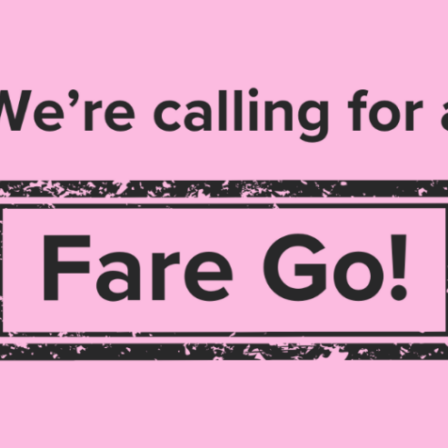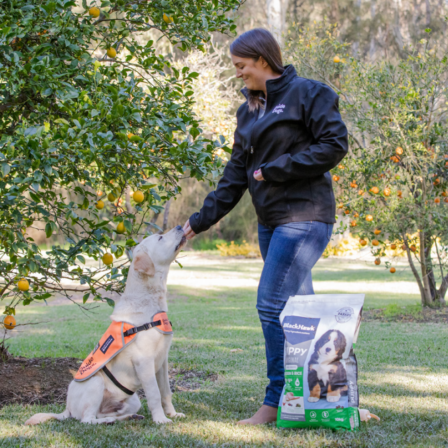News
Top Five Accessibility Tips

By Ben Moxey
Who can resist a top five article? Well, imagine the disappointment if you’re a person with blindness or low vision and you discover the article isn’t accessible! How are you supposed to find out the best ways to make your shower screen sparkle or use an overripe banana?
Seriously, inaccessible print and digital material is still a huge barrier for people who are blind or have low vision. Take websites for example. A 2023 report from WebAIM estimates that 93.6 percent of the top one million homepages tested have accessibility issues. See the WebAIM Million report for details.
It’s more important than ever for designers, developers and organisations to make their content accessible. It’s time for everyone to realise that it’s not optional or a request – it’s essential and the right thing to do. Plus, it can only mean more people read what you have to say, engage with your content and buy your products.
We can all agree that it’s simply unacceptable if a person using a wheelchair can’t access a venue because accessibility hasn’t been considered.
If your website or app isn’t accessible, it’s no different – you’re excluding millions of people.
There are some great resources for industry professionals about accessible design. A good place to start is the World Wide Web Consortium (W3C). But let’s talk about some simple things we can all do when using our smartphones or computers to make a big difference every day – no IT degree required.
- 1. Avoid Small Text
Hands-up how many of you have gone to the grocery store without your glasses and didn’t stand a chance of reading a price tag? To improve accessibility for everyone, don’t use really small text. We recommend a minimum of 12 point font on all materials. Also, choose a clear font type. Sans Serif fonts are the most readable – these are the fonts without fancy squiggles. A safe bet is Arial.
- 2. Watch Your Colour Contrasts
Did you know one in 12 men and one in 200 women can’t distinguish certain colour combinations? Did you know that everyone’s contrast sensitivity decreases in later years? You can make a big difference by making sure there’s great contrast between your text and background colours. There are formal tools you can use to check. But if you want to keep it simple, stick with black text on a white background. This produces the highest contrast ratio possible.
- 3. Avoid Pictures Behind Text and Visual Clutter
You guessed it, pictures, patterns and certain colours behind text affect contrast and can make things really difficult to read for everyone. What’s more, many people with low vision use accessibility apps that reverse colours to make things easier to see and reduce glare. This means that, even if everything looks good in standard colours, it might not when reversed. To avoid complications, a safe bet is to avoid pictures, patterns or colours behind text in general.
- 4. Add Alt Text to Images
Next time you add an image to a document, email, website or social media, make sure there’s alternative text (alt text). This will be spoken by screen reader apps for people who are blind or have low vision, so they know what’s in the picture. Each platform has its own way of doing this and a quick Google search should help you find instructions if needed. For example, try searching for “Facebook alt text” and you’ll find an official Facebook how-to article.
Now you’re probably thinking, “what do I write as alt text?” Basically, describe what’s meaningful about the image or adds context in one to two short sentences. Note that you don’t have to write that it’s an image or picture and make sure you include any visible text.
- 5. Use Simple Language
George Orwell once said: “Never use a long word where a short one will do”. In fact, research suggests people who write using simple language and sentences are considered more intelligent. This also makes your writing more accessible to a wider audience. So keep it simple to make sure you get your message across and be brilliant!
How Do I Learn More?
Guide Dogs invites you to take our free interactive Introduction to Accessible Content online course. Learn how to use these tips and more at your own pace. You’ll also findmore advanced accessibility courses at learn.guidedogs.com.au. We hope you find them enjoyable and help spread the word to create a more inclusive society on this International Day of People with a Disability (IDPwD).
About Ben
Ben Moxey has worked in the blindness and low vision sector for almost 15 years. Working with Clients to train them in the use of assistive technology, he now has a focus on accessibility in his role as Access and Technology Advisor at Guide Dogs. Away from work, Ben has a passion for health and fitness, specifically weightlifting, and enjoys going to new restaurants and enjoying a glass of red wine.











